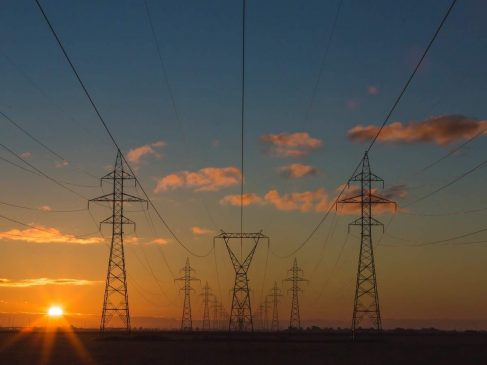Widespread unseasonal rain in April, May and June has affected the power consumption as it could have grown in double digits in the country, say experts
India’s electricity consumption grew nearly eight per cent to about 847 billion units (BU) in the first half of this fiscal year from April to September, showing uptick in economic activities in the country. According to the official data, electricity consumption rose to about 847 BU during April-September 2023 from 786 BU in the same period of the previous fiscal.
Read More: ADIA to Invest Rs 4,966.80 Crore in Reliance Retail for 0.59% Stake
The industry experts opined that the widespread unseasonal rain in April, May and June has affected the power consumption as it could have grown in double digits in the country. They stated that there was strong recovery of power demand as well as consumption in August onwards due to unusually high humidity level which increased the use of cooling appliances like fans, coolers and air conditioners.
They also said power consumption grew in August and September, mainly due to humid weather conditions and also perked up industrial activities ahead of the festive season. The data also shows that peak power demand touched a record high of 241 GW during April-September 2023 compared to 215.88 GW in the first half of fiscal 2022-23.
Read More: Gold and silver prices on October 8: Check latest rates in your city today
The power ministry had estimated the country’s electricity demand to touch 229 GW during summer. The demand did not reach the projected level in April-July due to unseasonal rain. The peak power demand, however, touched a new high of 224.1 GW in June before dropping to 209.03 GW in July. The peak power demand touched 238.19 GW in August and reached a record high of about 240 GW in September this year.
Anticipating high peak power demand of 229 GW in the country during the summer season in 2023, the ministry had taken many steps to avoid outages. The ministry had invoked Section 11 of the Electricity Act 2023 to mandate all plants powered by imported coal to run at full capacity to ensure adequate supply of power in the country.
Read More: FMCG firms see subdued volume growth in Q2; rising food prices & rain deficit hamper rural demand
Besides, the ministry also mandated domestic coal based power plants to import the coal for blending to avoid any shortage of dry fuel. The experts said that these measures may have increased import of coal in the country but it was necessary to ensure round -the-clock power supply in the country.
As per the latest report of Central Electricity Authority (CEA) for August, 2023, India has installed power generation capacity of 424 GW, which includes 206 GW coal based, 47 GW of large hydro, and about 132 GW renewables (solar, wind energy etc).





































